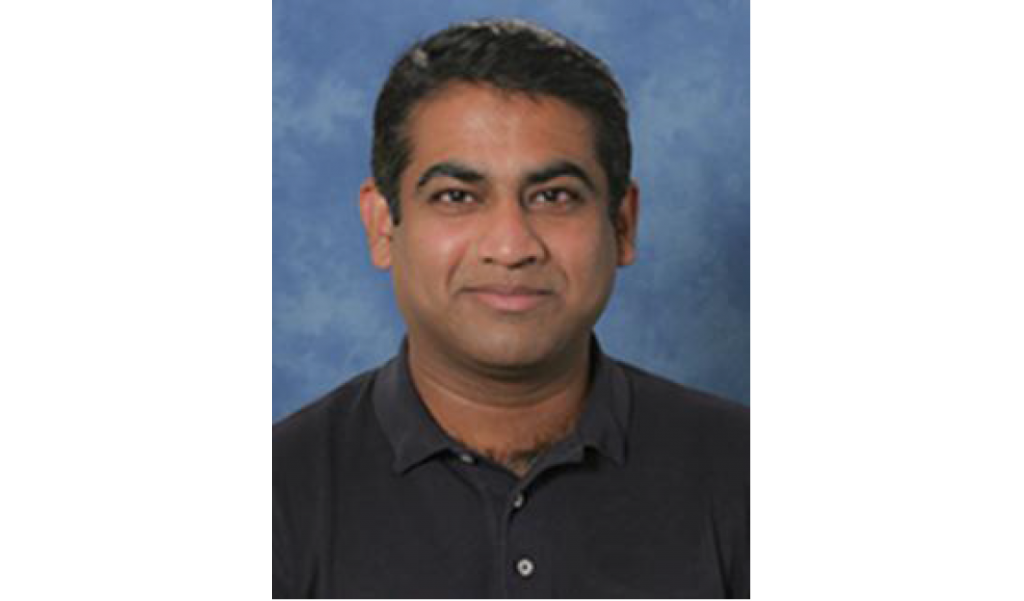This year’s guest speaker is Dr. Vishnu Reddy, Associate Professor of planetary sciences at the Lunar and Planetary Laboratory, University of Arizona. The presentation will be held in the Nat’s theater, which has a state-of-the-art sound and video system. The topic is titled “Planetary Defense: Surveying the skies for killer asteroids” and should be very interesting and informative. As always, we’ll cap off the evening with a raffle and auction, with plenty of astronomy related gear available.
Impacts due to near-Earth objects (~90% NEAs and ~10% comets) are one of the natural hazards that can cause the extinction of the human race, but one that can potentially be mitigated if the threat is detected with sufficient lead-time. While the probability of such an event is low, the outcome is so catastrophic that we are well justified in investing a modest effort to minimize this threat. Historically, asteroid impacts have altered the course of evolution on the Earth. The most recent significant event took place 65 million years ago when a 10-km object impacted off the Yucatan Peninsula coast, Mexico, leading to the extinction of dinosaurs and ~75% of all species. This probably provided mammals (including our ancestors) an opportunity to thrive.
Within our lifetime, the collision of Comet Shoemaker-Levy 9 (SL-9) with Jupiter served as reminder to us that asteroid impacts could be a real threat to life on Earth. The probability of such impacts appears to be significantly higher than initial estimates with the recent discovery of at least five asteroid/comets impacts on Jupiter. More recently the Chelyabinsk meteor over Russia, which injured hundreds of people and damaged thousands of buildings, only reinforced the importance of detecting and characterizing small NEAs that pose a greater threat than most large NEAs discovered so far. Following the SL-9 impact, the U.S. Congress-mandated NEO searches have been very successful with over 121,000 NEOs discovered as of November 2019. But NASA will fall short of meeting the 2020 Congressional mandate of discovering 90% of asteroids larger than 140 meters. NEO Surveillance Mission is a space-based infrared telescope that will help accelerate the discovery of hazardous asteroid and answer the question if Earth will be impacted by an asteroid larger than 140 meters in the next 100 years. The talk will give a historical overview of asteroid impacts and the state of planetary defense today.
Our annual banquet isn’t just a great time, it’s also our primary fundraiser. Last year our outreach program continued to grow and reached new heights. We hosted more than 100 events which were attended by well over 12,000 people! An amazing accomplishment with a dedicated group of volunteers. From elementary school students to seniors, we’ve promoted interest in astronomy throughout the County. Our Outreach Director, Dave Decker, is always looking for new volunteers to keep up with the increasing demands for more and more star parties.
With the help of local high school and college students, members Pat Boyce and Scott Dixon have continued using TARO data to contribute to the important research that TESS (and soon ETS) are doing with exo-planets. This spring our student members, using the Boyce Astro Research Observatory (BARO) at TDS, will begin work with variable stars and speckle interferometry on close binaries.
We completed the first phase of our electrical system upgrade at TDS and, with the help of member Dennis Ruckle and donations from Southland Electric, Inc., phase two is well underway. We have a lot more to do and your participation and generosity is key to our success! If for some reason you can’t attend, please consider making a donation to keep SDAA moving forward!
Wishing you clear skies, SDAA Board of Directors

